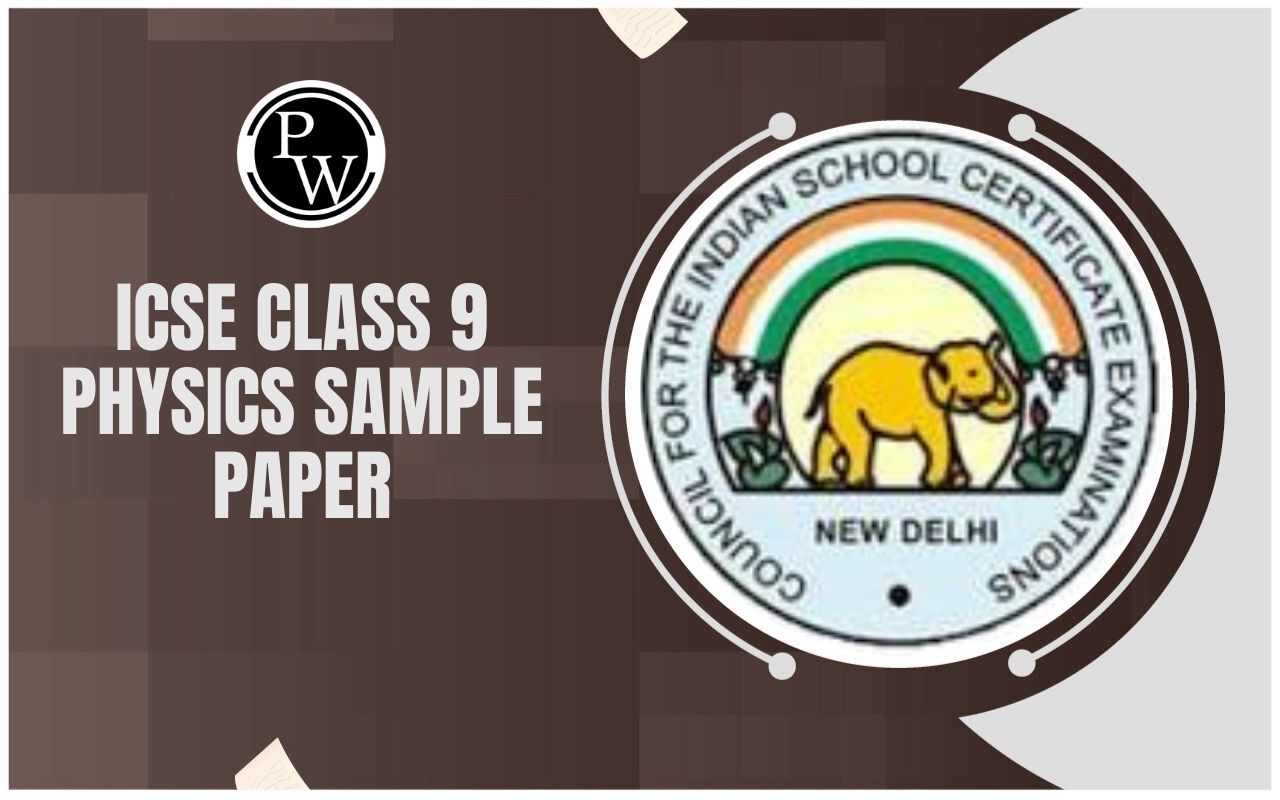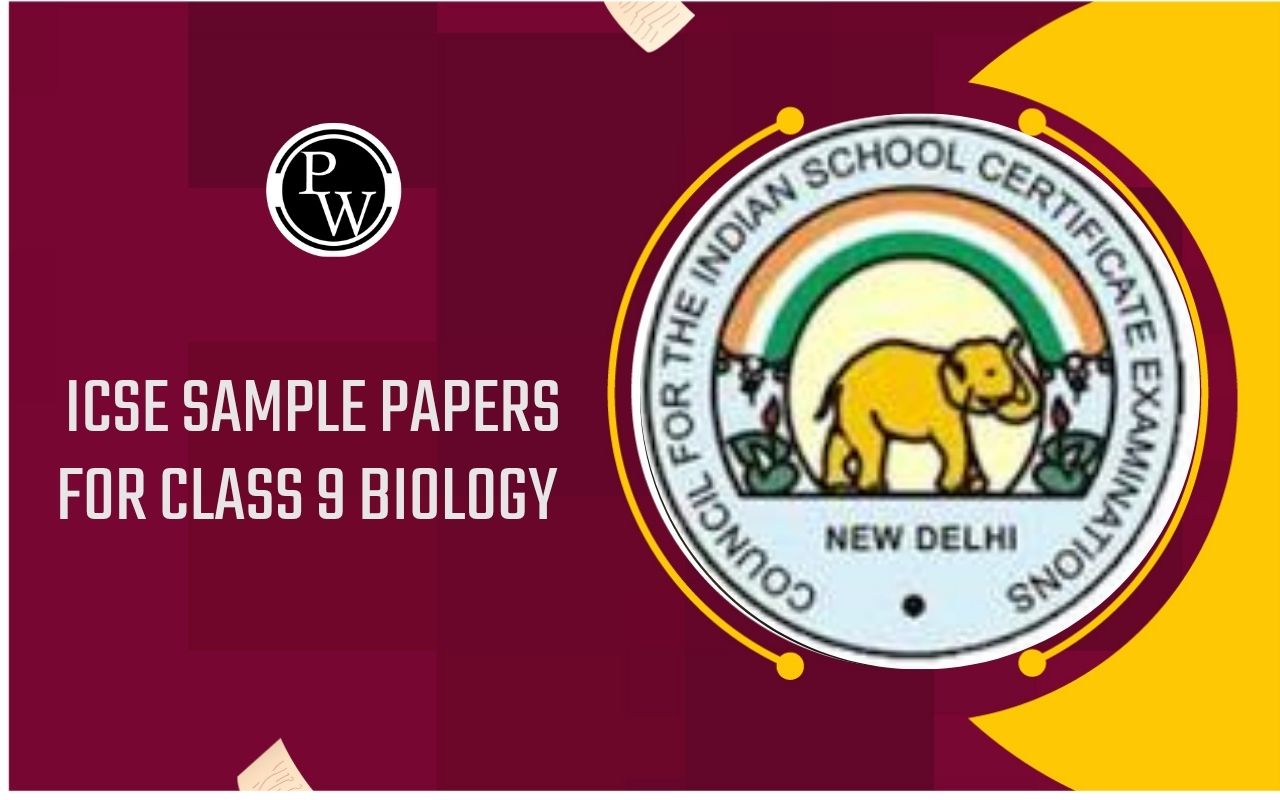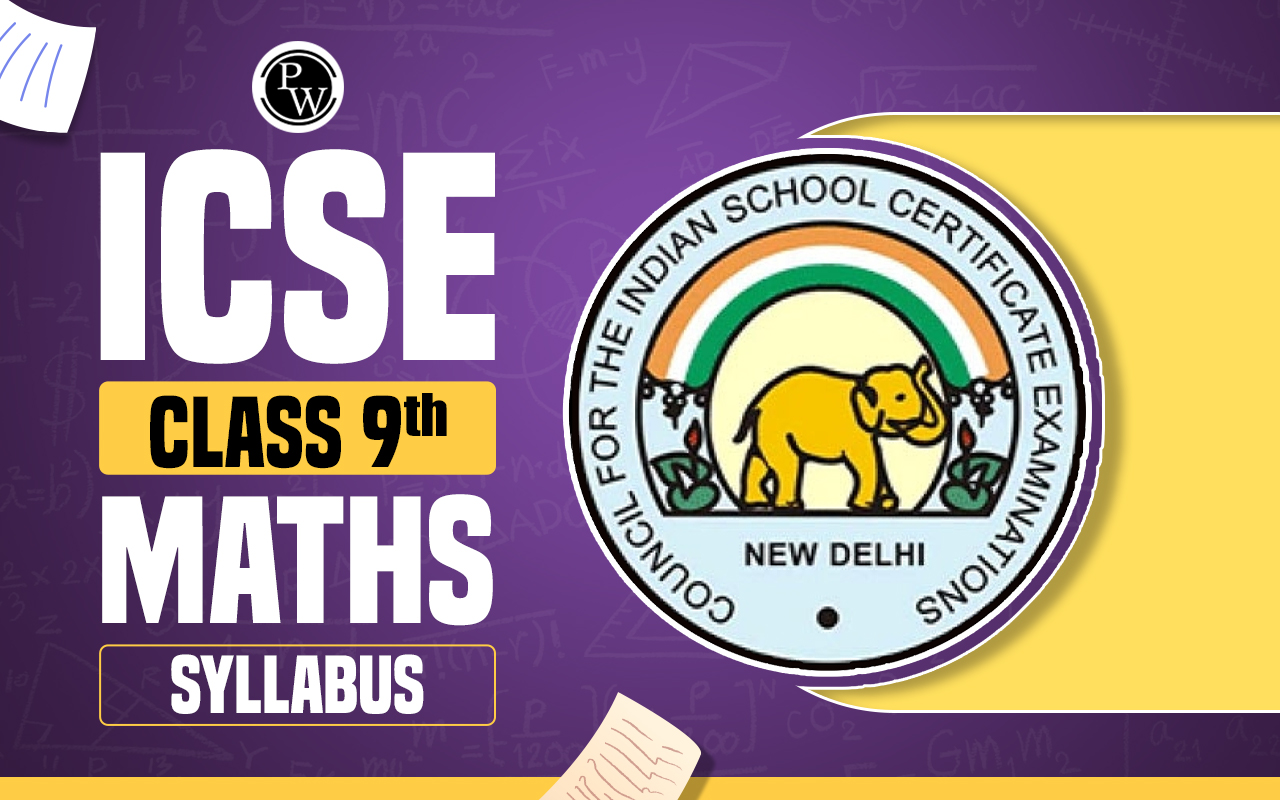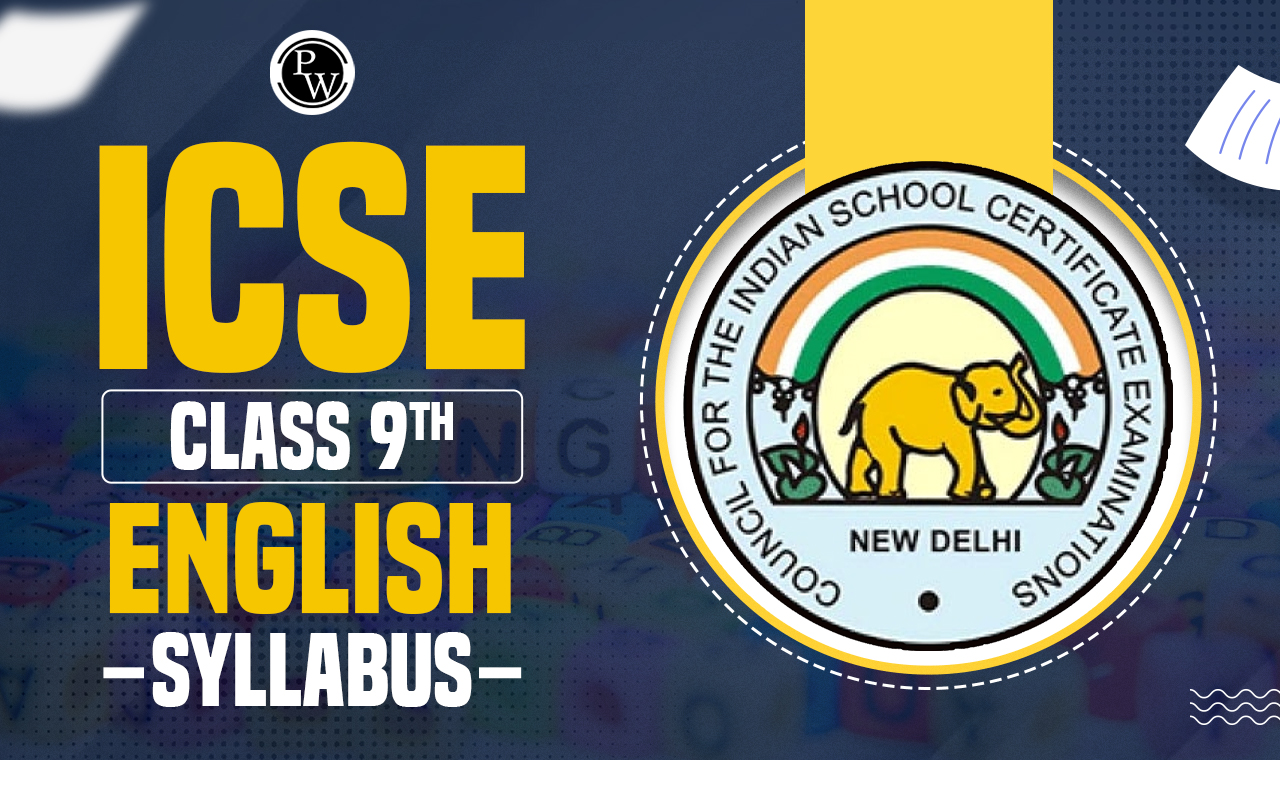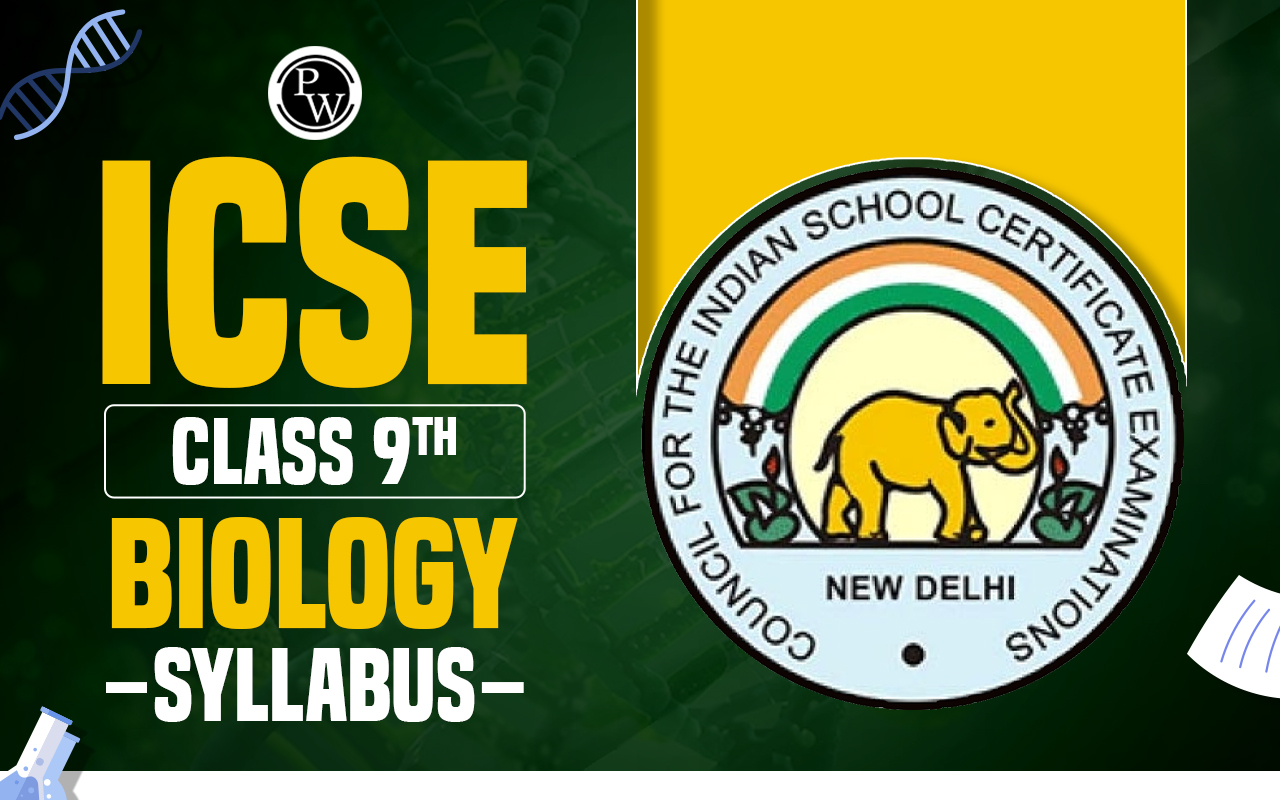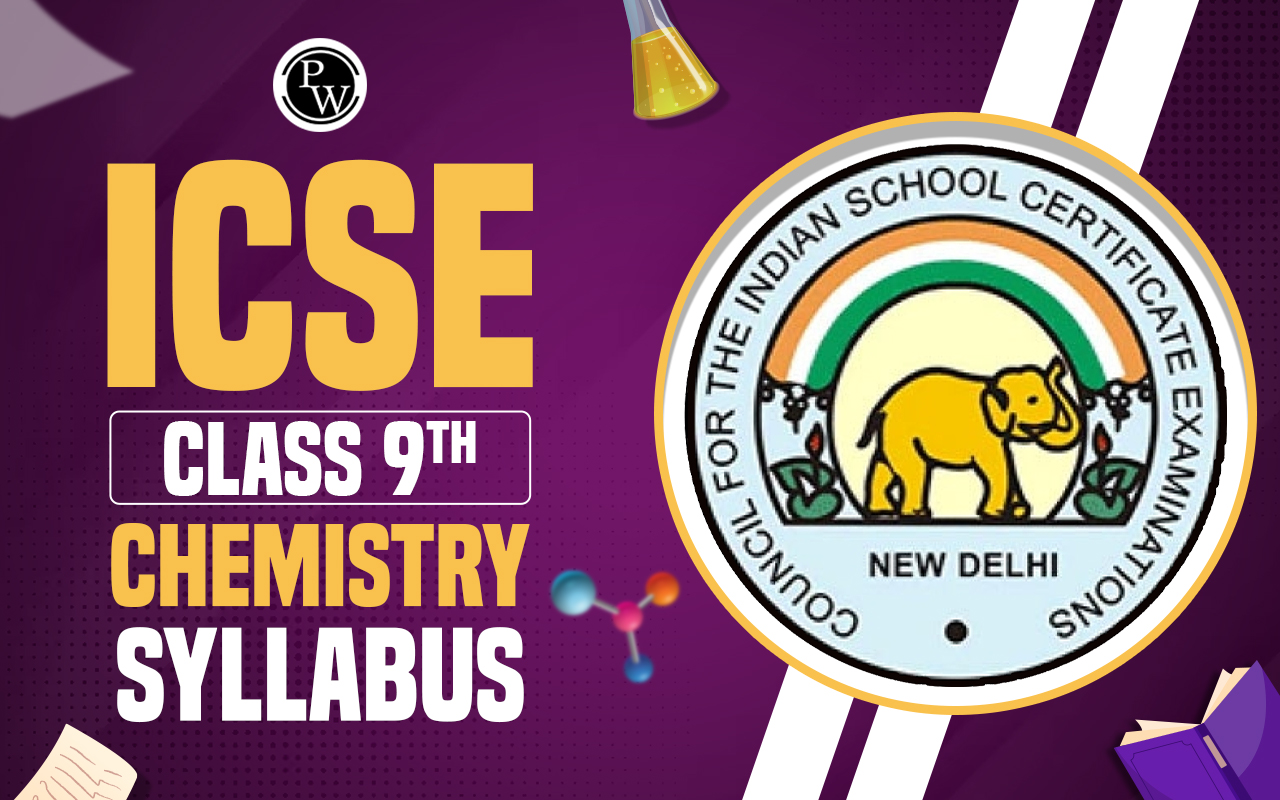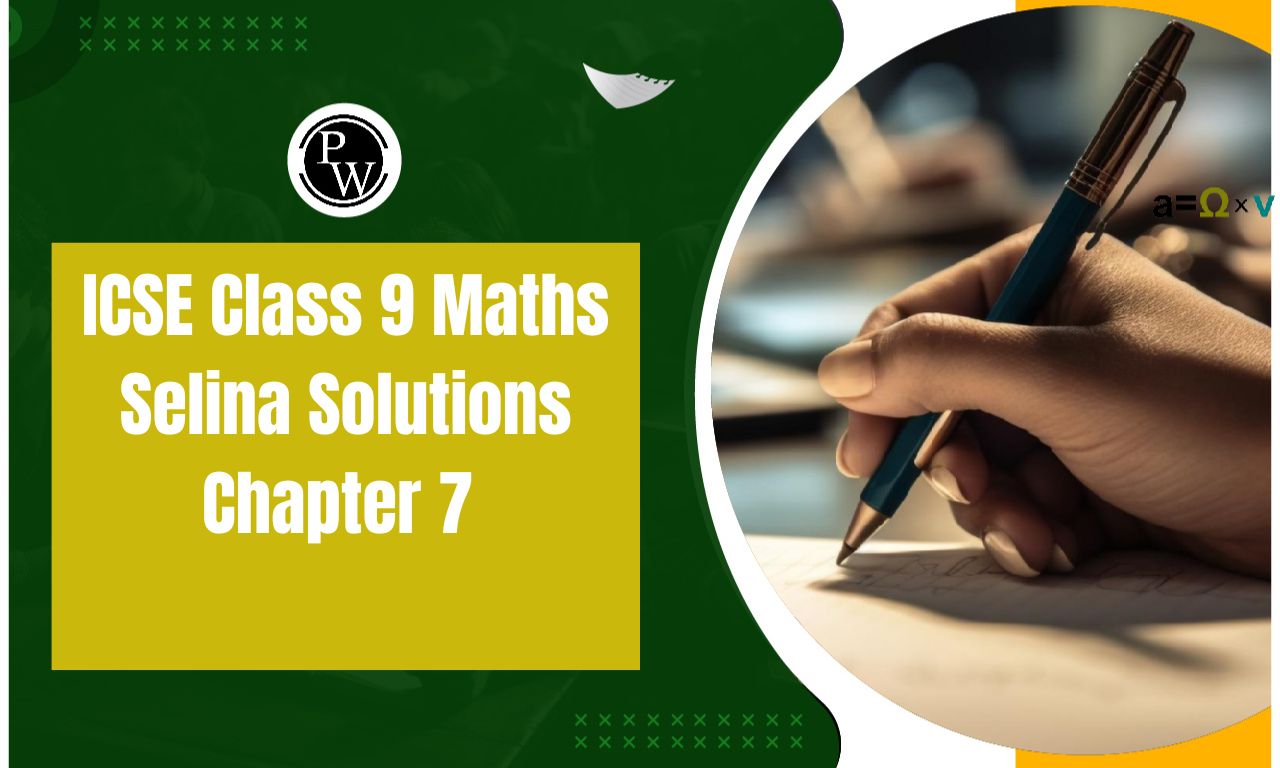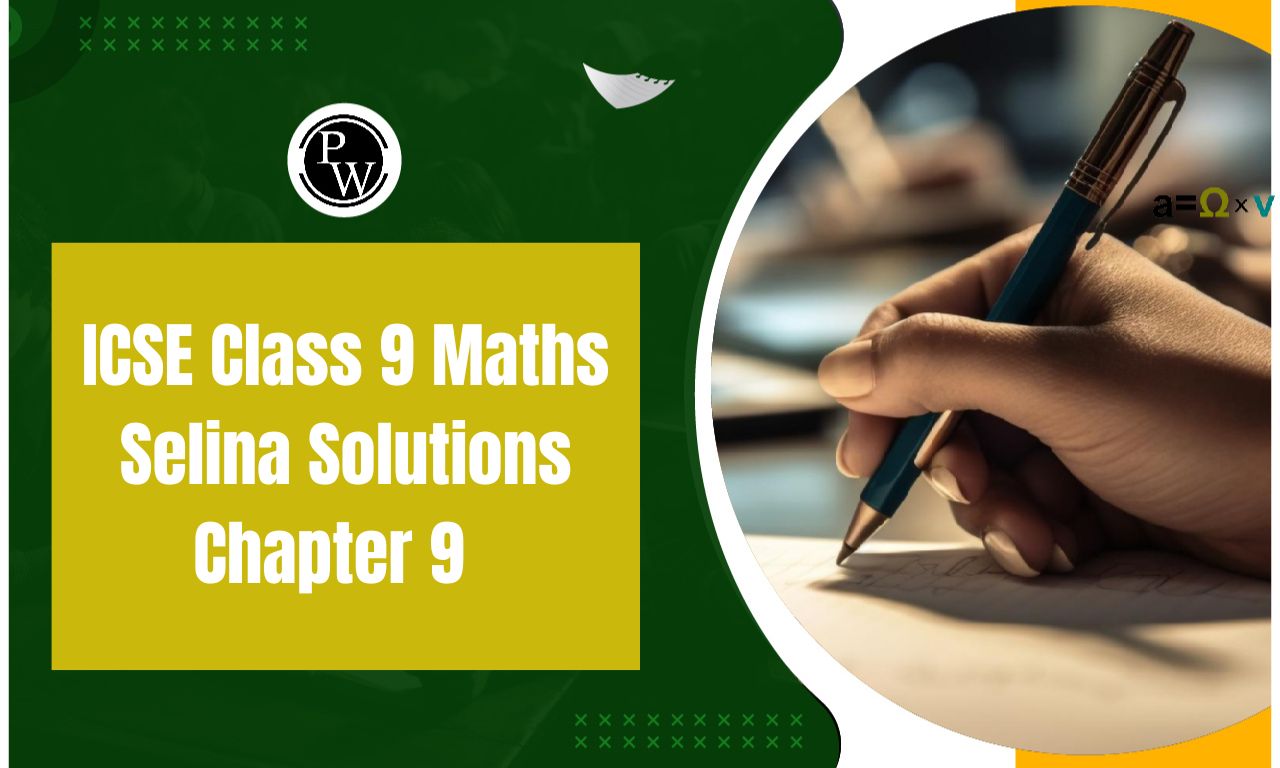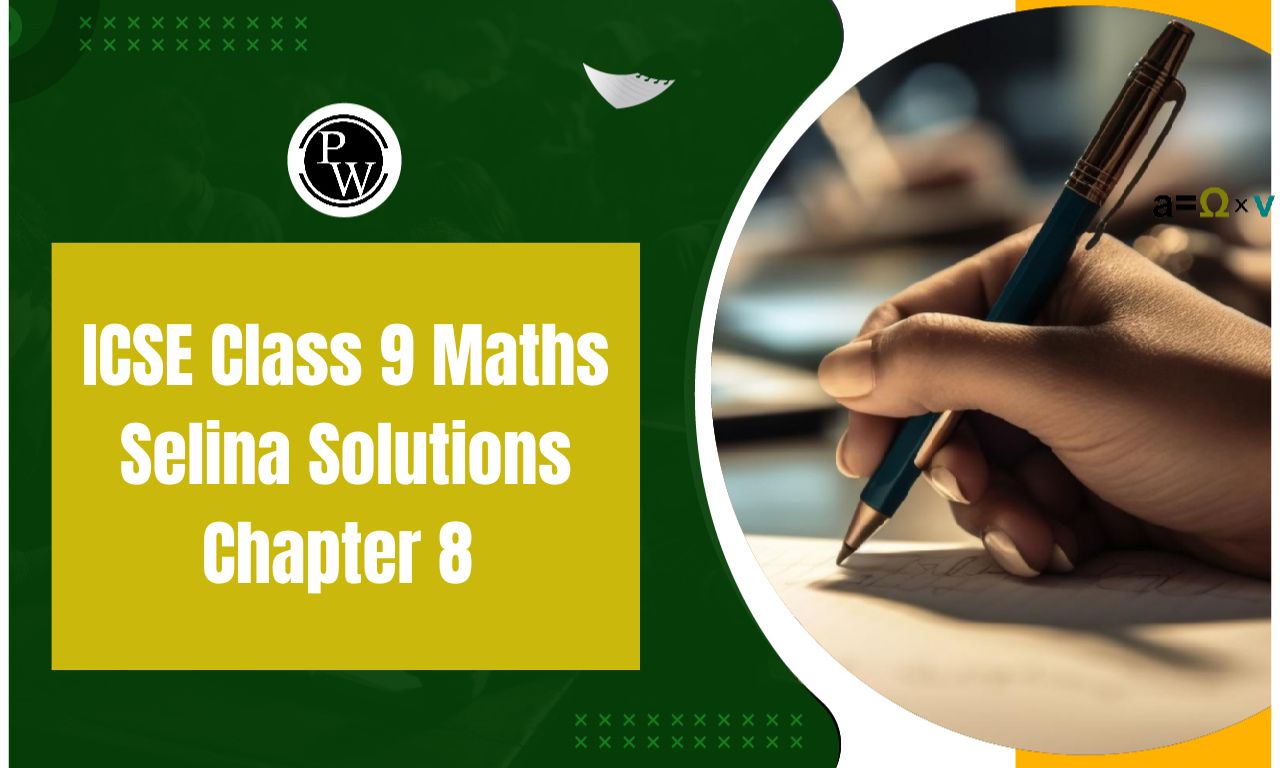
ICSE Class 9 Maths syllabus for 2025 has been officially released by CISCE. Mathematics is a crucial subject that builds logical thinking, problem-solving skills, and numerical ability. It lays the foundation for higher-level concepts in Class 10 and beyond.
The syllabus covers a variety of topics that help students understand both theoretical concepts and real-world applications. From algebra and geometry to statistics and trigonometry, the subject offers a well-rounded approach to mathematics.
ICSE Class 9 Maths Syllabus 2025 Overview
Understanding the topics covered in different subjects is important if you aim to score well and be a top student. This is especially true for the ninth-grade Math curriculum, which plays a crucial role. The syllabus is full of various chapters that provides a lot of information for students.Also Check - ICSE Class 10 Economics Syllabus
The syllabus includes topics like Pure Arithmetic, Trigonometry, Commercial Maths, Compound Interest, Simple Interest, Algebra, Geometry, Mensuration, and Statistics, among others. These chapters provide students with a wide range of information about different Math concepts and principles. Moreover, this knowledge proves beneficial when preparing for competitive exams after completing the course. As a result, students nowadays show a keen interest in the Math Class 9 syllabus. From the table below, get the most recent ICSE Class 9 Maths syllabus:| ICSE Class 9 Maths Syllabus Overview | ||
| Sr. no. | Chapter Name | Subtopics |
| 1. | Pure Arithmetic | Rational and Irrational Numbers |
| 2. | Commercial Maths | Compound Interest |
| 3. | Algebra |
|
| 4. | Geometry |
|
| 5. | Statistics | Graphical representation of data, Median of ungrouped data, Mean, Introduction, collection of data, presentation of data. |
| 6. | Mensuration | Area and circumference of a circle. Area and perimeter of a triangle. Surface area and volume of Cuboids and Cube. |
| 7. | Trigonometry | Concept of Trigonometric Ratios of various complementary angles and their direct application, Trigonometric Ratios, Simple 2-D problems involving one right-angled triangle. |
| 8. | Coordinate Geometry | Cartesian System, solving simultaneous linear equations in 2 variables graphically, plotting points in the plane for given coordinates and finding the distance between two points using the distance formula. |
ICSE Class 9 Maths Syllabus 2025
The course outline contains complete information about how the exam is set up. It states clearly that:
- The exam will go on for two and a half hours.
- A total of 80 marks are available for the written test.
- The paper is divided into two parts.
- The first part has short answer questions. It's important to note that there are no choices given, so all questions in the first part must be answered.
- The second part has seven questions, but students only need to answer four out of the seven.
Also Check - ICSE Class 10 Geography Syllabus
ICSE Class 9 Maths Syllabus 2025
ICSE Class 9 Mathematics Syllabus provides all the important details that help students plan and organise their studies throughout the academic year. It focuses on building strong mathematical skills, logical reasoning, and real-life application of concepts.
The syllabus is divided into eight major units, each covering essential chapters and concepts. Here's the list of chapters and what they include:
1. Pure Arithmetic
Rational and Irrational Numbers Irrational numbers, surds, and how to rationalise them. Real numbers include both rational and irrational numbers and have a place in the number system. Using a number line to show where rational and irrational numbers fit. Making expressions simpler by rationalising the bottom part (denominator). Proofs of irrationality of √2, √3, √52. Commercial Maths
Compound Interest Compound interest is like calculating simple interest multiple times, but with a starting amount that increases. It's used to figure out the total amount over two or more years. Using the formula A = P(1 + r/100)n. And then finding CI from the relation between CI = A – P.- Interest compounded including half-yearly.
- Using the formula to find out one quantity given different combinations of A, P, r, n, CI and SI; including difference between CI and SI type. Rate of growth and depreciation.
3. Algebra
Expansions
- (a ± b)2
- (a ± b)3
- (x ± a)(x ± b)
- (a ± b ± c)2
- a2 – b2
- ax2 + bx + c, by dividing the middle term.
- a3 ± b3
- Elimination
- Substitution
- Cross Multiplication method
4. Geometry
Triangles
Congruency: four cases: SSS, SAS,
AAS, and RHS. Explanation using cutouts. Basic uses.
- Confirmation and straightforward uses of midpoint theorem and its opposite.
- Equal intercept theorem: confirmation and easy use
- Both sets of opposite sides have the same length (no proof provided).
- One set of opposite sides is both parallel and equal in length (no proof provided).
- Both sets of opposite angles are equal.
- In a rectangle, the diagonals are always of equal length; in a square, they are equal and intersect at right angles.
- The diagonals divide each other in half and also divide the parallelogram into two equal parts.
- A rhombus is a special kind of parallelogram where the diagonals intersect at right angle
- A line drawn from the middle of a circle, cutting a chord that isn't a diameter, is at a right angle to the chord.
- A line going straight up from the centre cuts the chord in half (no proof).
- Chords that are the same length are the same distance from the centre.
- Chords that are the same distance from the centre are always the same length (no proof).
- Only one circle passes through three given points that are not in a straight line.
- If two arcs make the same angle at the centre, they are equal; this is also true the other way around.
- If two chords are the same length, they separate equal arcs, and this is true the other way around (without proof).
5. Statistics
Opening, gathering information, Average, Middle value of individual data points, Displaying information, Illustration of information through graphs.- Identifying and comprehending raw, arranged, and categorized information.
- Creating a table for raw data using tally marks exclusively.
- Understanding discrete and uninterrupted factors.
- Average and middle value for individual data points.
- Sections, edges, and limits for categorized information.
- Occurrence, table of occurrence, and size of categories for grouped data.
- Grouped distributions of frequency: the process and necessity of transforming separate intervals into continuous ones.
- Creating a line graph to represent frequency.
6. Mensuration
Perimeter and Area of a triangle, Circumference and Area of a circle. Surface area and volume of Cuboids and Cube.- The distance around and the space inside a triangle, and formulas like Heron's for its area.
- Circle: The distance around and the space inside. Sectors (excluding semicircles and quarter-circles) are not covered. Real-world problems involving Inner and Outer area.
- Surface area and volume of 3-D shapes: rectangular box and cube, with problems including:
- Understanding that volume equals the area of the cross-section times height.
- Cost considerations.
- Open/closed boxes/cubes.
7. Trigonometry
- Trigonometric Ratios: cosine, sine, tangent of an angle and their reciprocals.
- Trigonometric ratios of standard angles – 0, 30, 60, 90, 45, degrees. Evaluation of an expression involving these ratios.
- Simple 2-D problems involving only one right-angled triangle.
- Concept of trigonometric ratios of complementary angles and their direct application:
sin A = cos (90 – A), cos A = sin (90 – A)
sec A = cosec (90 – A), cosec A=sec (90 – A)
tan A = cot (90 – A), cot A = tan (90- A)
8. Coordinate Geometry
Using the Cartesian System to solve simultaneous linear equations in two variables graphically, plotting points on the plane based on given coordinates, and determining the distance between two points using the distance formula.- Understanding dependent and independent variables.
- Working with ordered pairs, noting coordinates of points, and graphing them on the Cartesian plane.
- Graphical solution of simultaneous linear equations.
- Utilising the distance formula to find the distance between points.
ICSE Class 9 Maths Syllabus 2025 Internal Assessment
In ICSE Class 9, you will have to complete at least two assignments throughout the year.- Conduct a survey among students and show the results in graphs, like height, family members, weight, pocket money, etc.
- Plan routes for a milkman or postman.
- Manage a tuck shop or canteen.
- Explore ways to get a loan for buying a house or car, such as a bank loan, or use hire purchase for purchasing a TV or refrigerator.
- Cut a circle into equal sections with a small angle to find the circle's area using the formula A = πr2.
- Use flat cutouts to create cuboids, cubes, and pyramids to derive formulas for total surface area and volume.
- Draw circles of radius (r) on ½ cm and 2 mm graph paper. Estimate the enclosed area by counting squares. Repeat with circles of different radii. Find the pattern between observed values and the theoretical value (area = πr2).
ICSE Class 10 History and Civics Syllabus
ICSE Class 9 Maths Syllabus Preparation Tips
Here are some helpful tips for the ICSE Class 9 Maths Syllabus:- Create a timetable based on the syllabus to effectively tackle challenging subjects.
- Stick to your daily study plan and aim to complete 90% of the assigned material each day.
- Schedule regular reviews on a weekly and monthly basis. To enhance your memory retention, consider making slight changes to your study routine. Solve previous years' exam problems to better grasp potential exam questions.
- Minimise stress and anxiety related to learning by creating an engaging summary of the course. Rotate between your favourite subjects during your designated study periods.
- Keep a positive mindset and confidence. Pay close attention to in-class assignments. Enhance conceptual understanding, speed, and accuracy by working through various questions and past year papers.
- Ensure you get sufficient and restful sleep, maintain a balanced diet, and stay hydrated throughout the day.
ICSE Class 9 Maths Syllabus FAQs
How many units are there in the Class 9 Maths syllabus?
Are internal assessments included in Maths?
What types of assignments are given for internal assessment?
Is Trigonometry included in Class 9?

